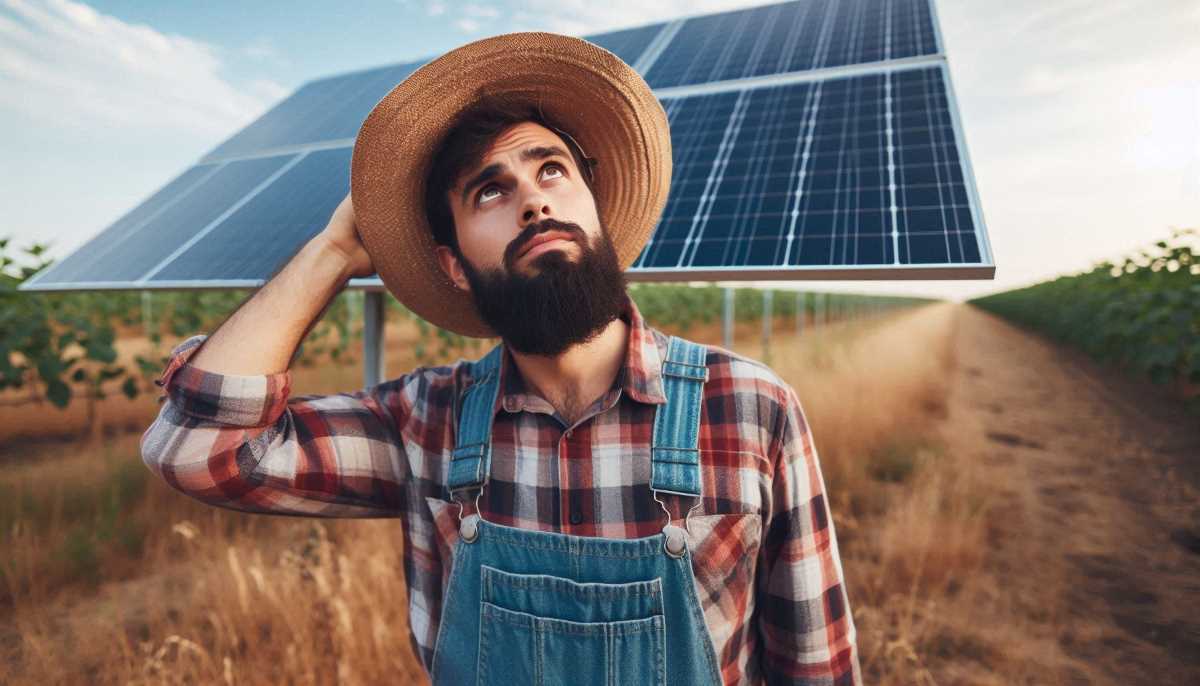How Solar Panels Are Boosting Agricultural Yields
Agrovoltaics, combining agriculture and solar energy, offers a sustainable solution for farmers. Experts advocate for its adoption, emphasizing its benefits in increasing yields and reducing environmental impact.

In a world where tradition often collides with innovation, the challenge of persuading farmers to adopt cutting-edge technologies is nothing short of Herculean. Agriculture, an industry rooted in centuries-old practices, is understandably slow to change. Yet, with global environmental crises escalating, the need to embrace novel approaches like agrovoltaics is increasingly urgent.
A recent gathering of experts at UNAM's Coordination of International Relations and Affairs (CRAI) focused on this very issue. Their discussions highlighted the role of new technologies in transforming agriculture, bolstering food security, and building climate resilience—all without forsaking the essence of traditional farming.




